|
Erebia oeme / Bright-eyed Ringlet
Zijoshja njollaçift
Nymphalidae - Satyrinae
Erebia oeme (Hübner, [1804]). TL: Tirol.
 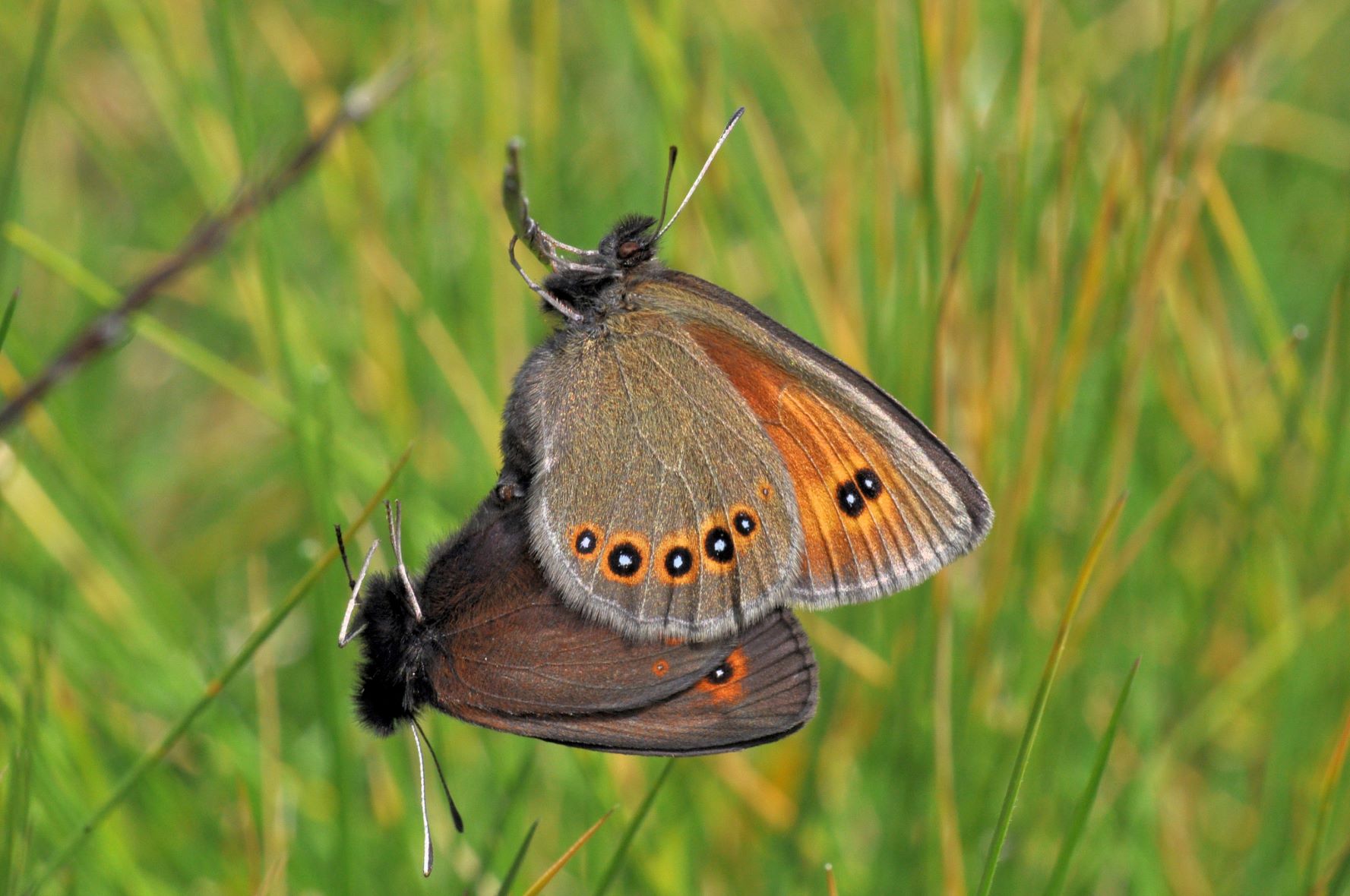
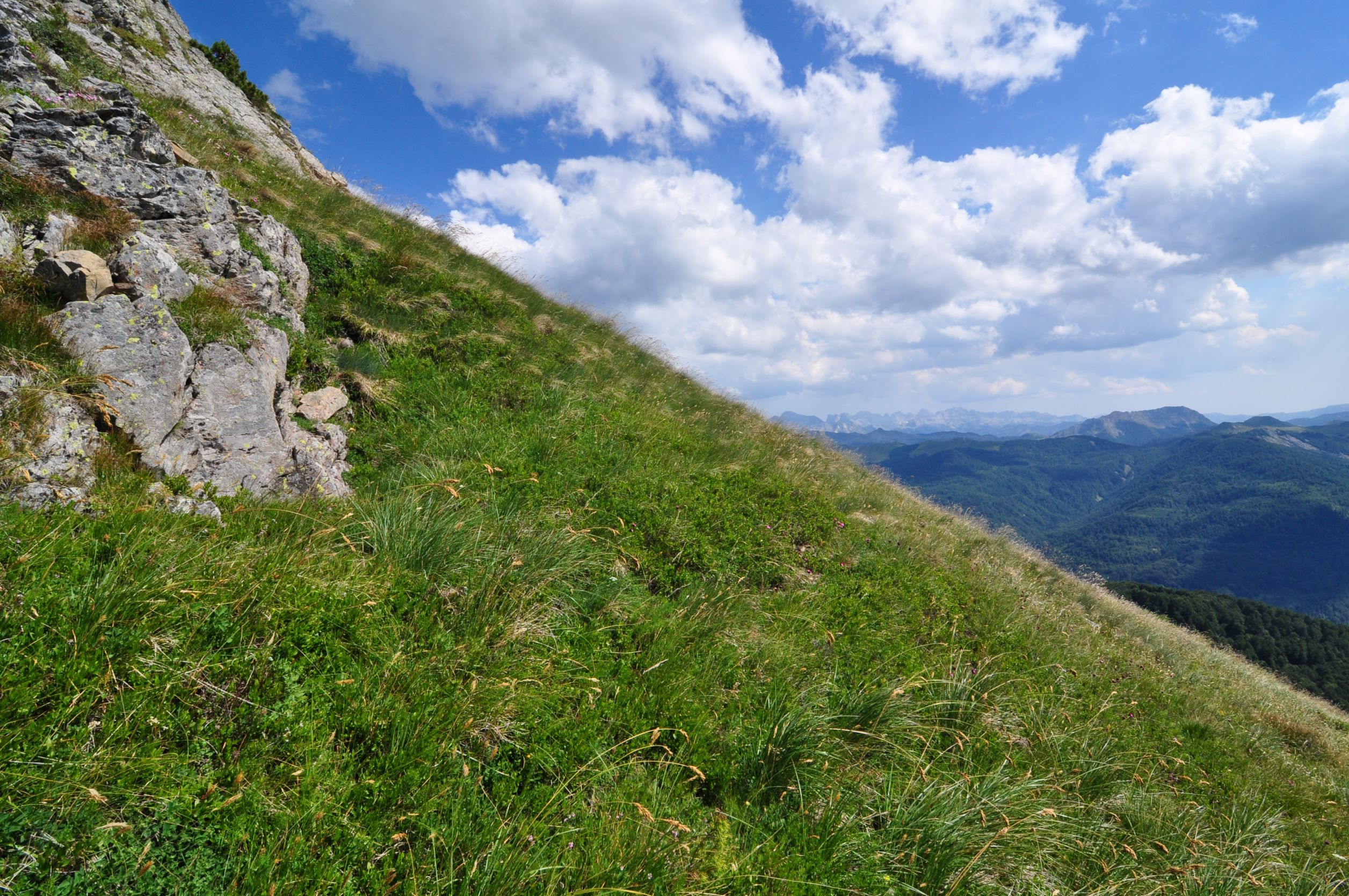 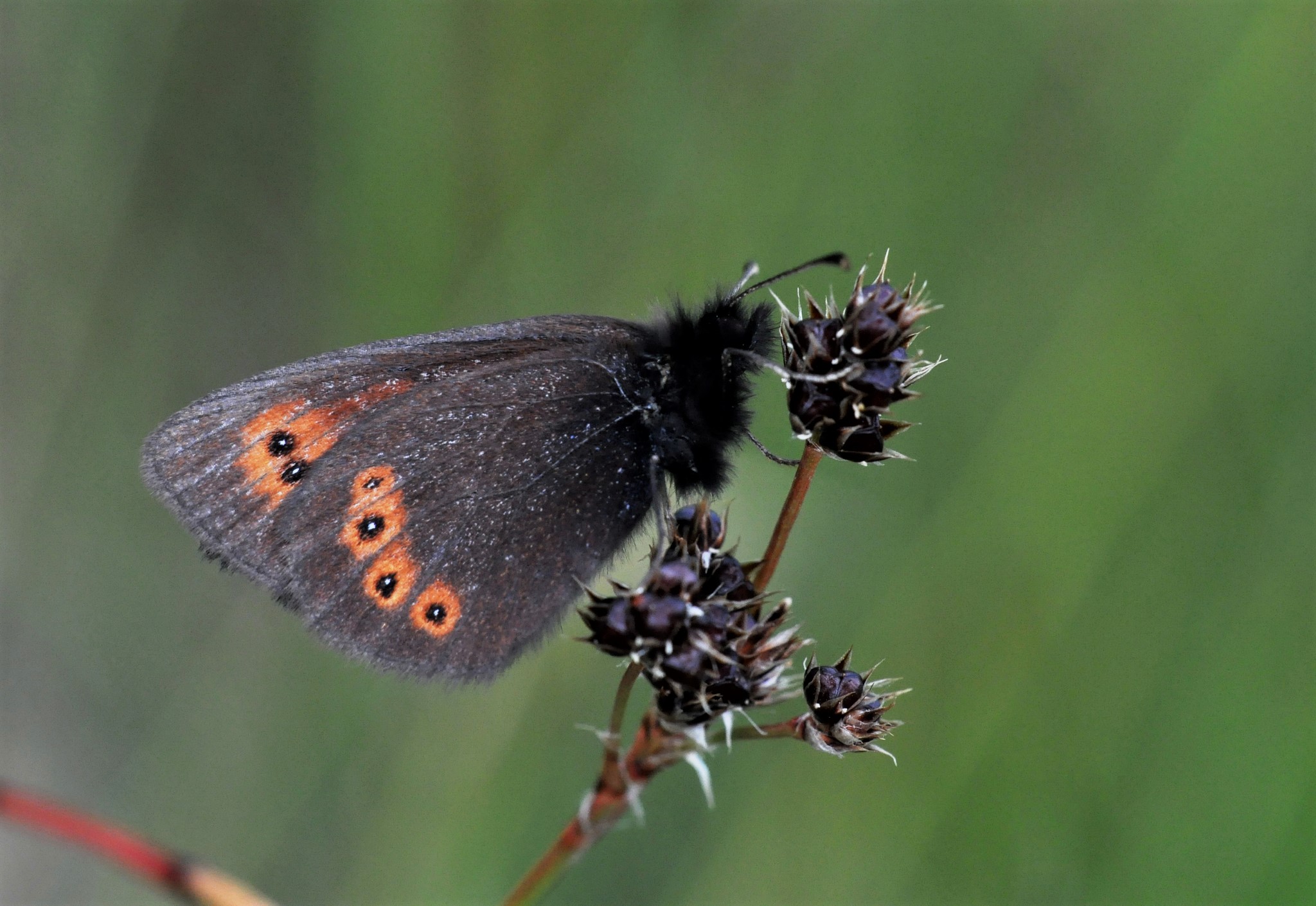 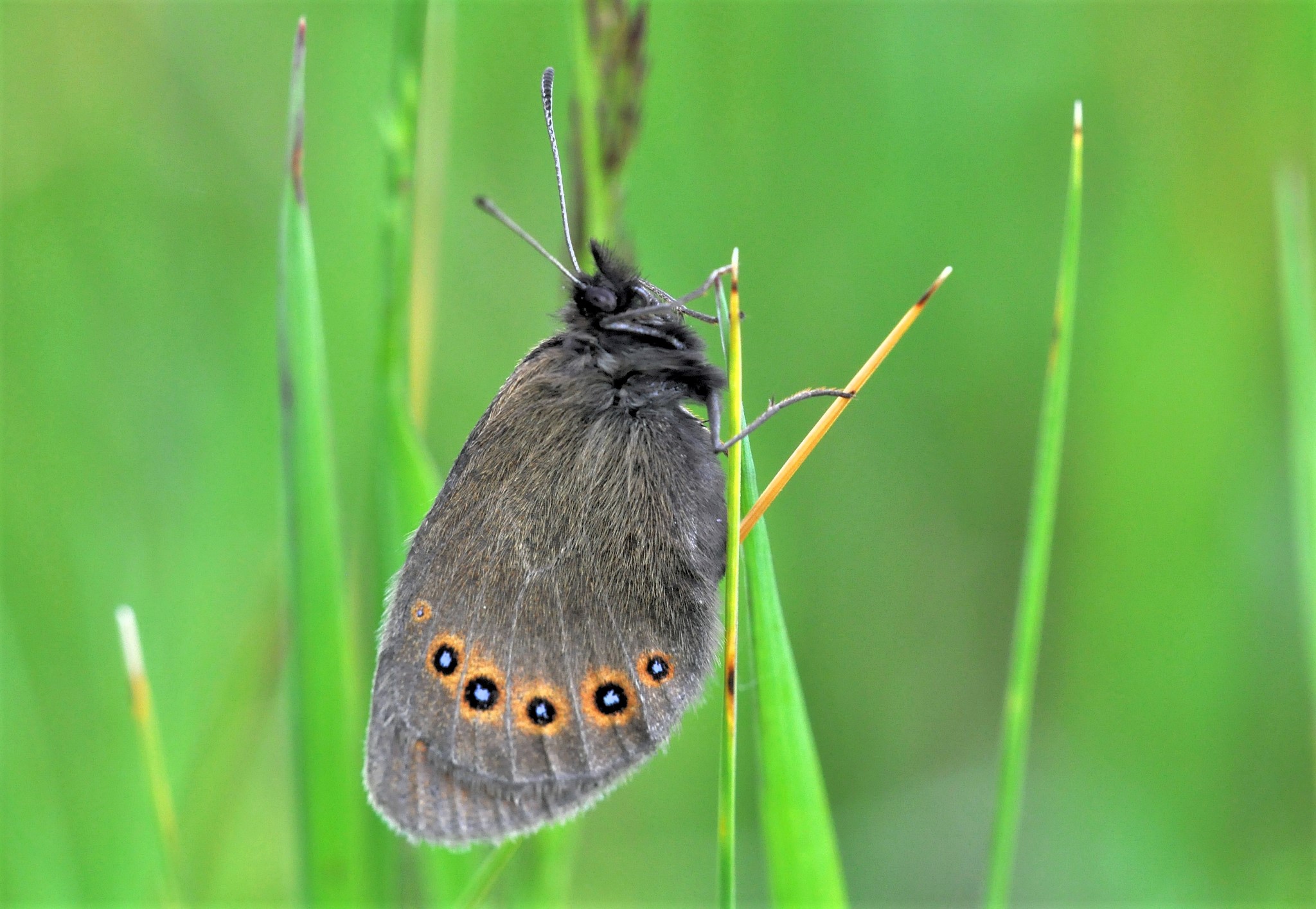
1a. Erebia oeme, distribution map (09.i.2025).  Historical data ; Historical data ;  Additional data from the 2018 update ; Additional data from the 2018 update ;  New observations since the 2018 update. New observations since the 2018 update.
1b. Erebia oeme copula. Bulgaria (© Sylvain Cuvelier)
1c. Habitat of Erebia oeme. Vermosh, Albania (© Sylvain Cuvelier)
1d. Erebia oeme ♂ underside. Bulgaria (© Sylvain Cuvelier)
1e. Erebia oeme ♀ underside. Bulgaria (© Sylvain Cuvelier)
Description
♂♂
Medium size butterfly. Fw: 19-23 mm.
Ups: dark brown gc, well developed ocellli.
Unf: reddish brown gc.
Unh: six widely ringed bright ocelli.
♀♀
Similar size.
Ups: generally complete postdiscal bands enclosing ocelli with large white pupils.
Unh: pale brown gc, large bright ocelli.
Similar species
Life cycle
Adults: single generation from June to early August.
Egg: short stage.
Caterpillar: overwintering one year at lower altitude, two years to develop at high altitude.
Pupa: short stage.
Habitat
Erebia oeme inhabits wet areas with tall grasses, open grasslands, humid mountain slopes and along mountain river banks from 1000 up to 2300 m a.s.l.
Spatial requirement modest, population density can be high.
Foodplants
Caterpillars feed on Briza media, Carex ferruginea, C. flacca, C. sempervirens, Festuca rubra, Holcus mollis, Molinia caerulea, Poa alpina, P. nemoralis and P. pratensis.
Butterflies feed on a large variety of flowers.
Distribution
Albania: common in the Northern Albanian Alps, local in other mountain areas.
Balkan: AL - BG - BIH - GR - HR - NMK - MNE - RKS - RO* - SLO - SRB
Europe: IB* - IT* - ALP - BAL - NWE - UK - SCA - EEU*
Not at all present in Asia Minor, Near East, Transcaucasia, Caucasus and further east.
Conservation status
Erebia oeme is not endangered.
Albanian Red List: LC.
IUCN Red List, category at the Mediterranean level: LC.
Useful links
Pyrgus.de
Lepiforum
euroButterflies
|
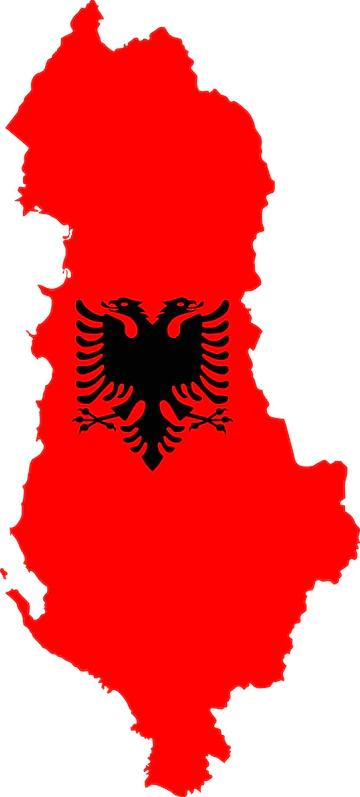 xx
xx 

 Historical data ;
Historical data ;  Additional data from the 2018 update ;
Additional data from the 2018 update ;  New observations since the 2018 update.
New observations since the 2018 update.